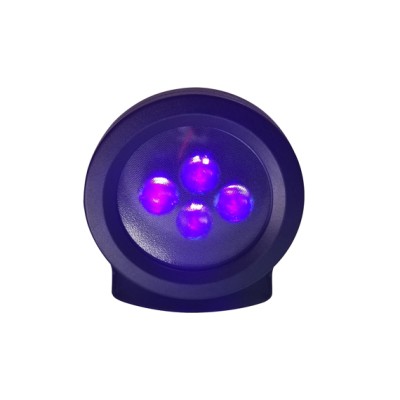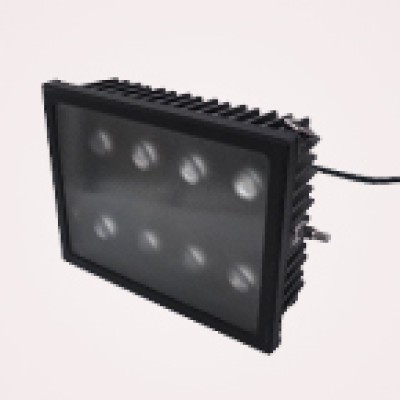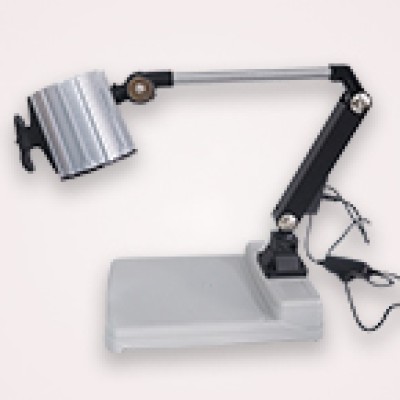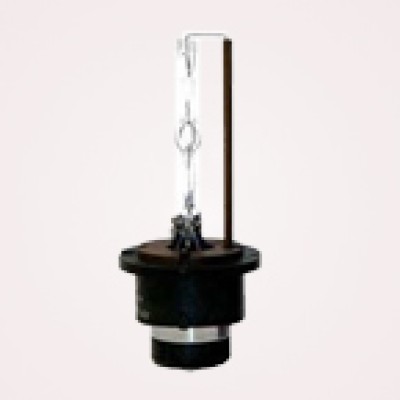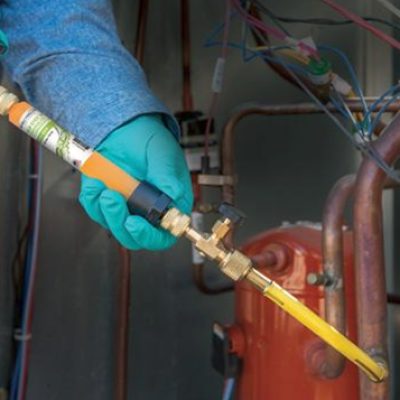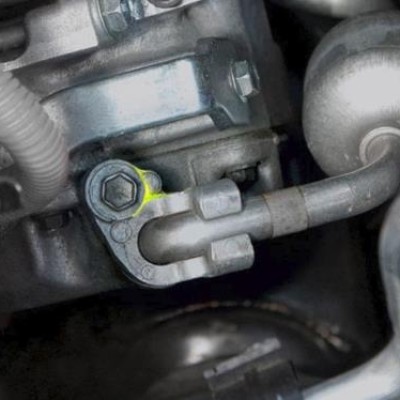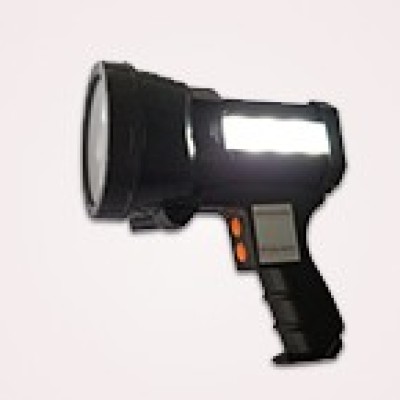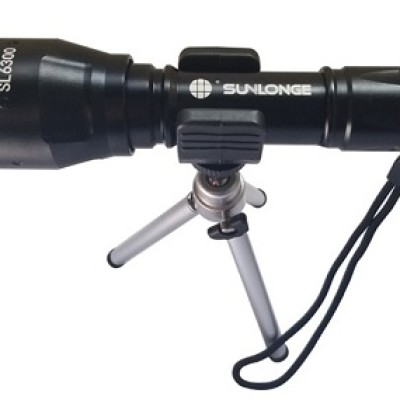Introduction
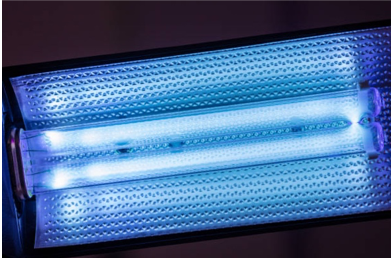
Thanks to the technological advancement, more and more inventions have arose and leverage our living standard. However, technology is a double edged sword that creates both advantages and disadvantages. Illustrating with the instance of UV NDT lamps and UV LED lamps, the invention of UV lamps has greatly enhanced the efficiency and ease of leak detection and fluorescence observation. However, due to their high intensity, a long exposure under the light can result in several health hazards. Accordingly, technicians should follow a set of strict guidelines in order to maximise the effectiveness of the technology while securing their own safety and health.
Definition of UV Light
Ultraviolet (UV) light has a relatively shorter wavelength than visible light. It belongs to a type of electromagnetic waves, which carry pure energy with the characteristics of moving quickly and travelling through empty space. Considering its higher frequency than visible light, a larger energy is stored in it, meaning a greater ability to penetrate to human skin, resulting in a potential danger.
Potential Danger of UV Light

Depending on the duration of exposure and the wavelength, UV light can be associated with diverse health effects. The most common instance is skin-related problems, for instance, skin pigmentation, sunburn and most seriously, skin cancer. There may also be various visual hazards. In particular, under the exposure of UV-C (100 – 280 nm) and UV-B (280 – 315 nm), corneal injuries and erythema may be resulted, while for UV-A (315 – 400 nm), the potential consequences include cataracts and retinal burns, causing severe physical harm.
Guidelines of Exposure to UV Light
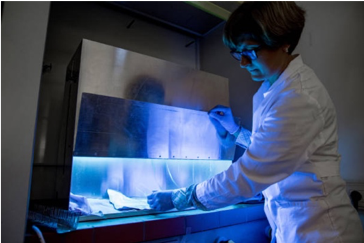
In view of the potential health hazards of UV NDT lamps and UV LED lamps, a Threshold Limit Values (TLVs) of occupational exposure to UV is issued by the American Conference of Governmental Industrial Hygienists (ACGIH). Specifically, it refers to the wavelength of 180 to 400 nm. Within this range, workers can be repeatedly exposed without resulting in health damage. For wavelengths exceeding this range, adequate guidelines must be followed to safeguard workers’ health. For instance, a polycarbonate face shield with a certification must be worn to protect both the face and eyes. On top of the face shield, UV certified googles or safety glasses should also be worn to avoid visual hazards. When dealing with some tasks requiring an uplifting intensity of UV light, the length of working hours may also be limited. Correspondingly, workers should be clear about the intensity of wavelength generated by the equipment in order to understand its effects and be equipped with appropriate protective gear. Furthermore, concerning the photosensitivity generated, people taking certain types of drugs should avoid any exposure to UV light.
Advantages of UV Light
By following the proper procedures and strict guidelines when using the UV NDT lamps or UV LED lamps, they can generate multiple advantages in diverse fields. Both the SL8300 and SL8904 UV LED Lamp series carry LEDs with an intensity of 365 nm. On average, they can produce an irradiated area of 100 to 260 mm. Given their high fluorescence stimulation, the insignificant traces can be highlighted and become highly visible even in daylight. In spite of their high intensity, the amount of visible light emission is maintained at a minor level, thus minimising its influence on the illumination result. In addition, the design of variable focal length adjustment produces a more precise intensity, while the installation of a focus ring enhances the convenience of operation, particularly in poorly accessible areas. Therefore, taking the high and flexible intensity and a long lifespan of 30000 hours into account, the UV NDT lamps and UV LED lamps are widely applied in plenty of aspects, consisting of leak detection in buildings, forensics, non-destructive testing of materials, etc.
Conclusion
The innovation of UV NDT lamps and UV LED lamps has created countless benefits in numerous industries. However, to optimise their performance while not causing any harm to the technicians, clear guidelines and instructions should be provided by companies to draw their attention to the potential health hazards of UV light. Thereby, the instance of UV light has highlighted the significance of formal operation in maximising the advantages of different technologies.
(700 words)
 CN
CN

